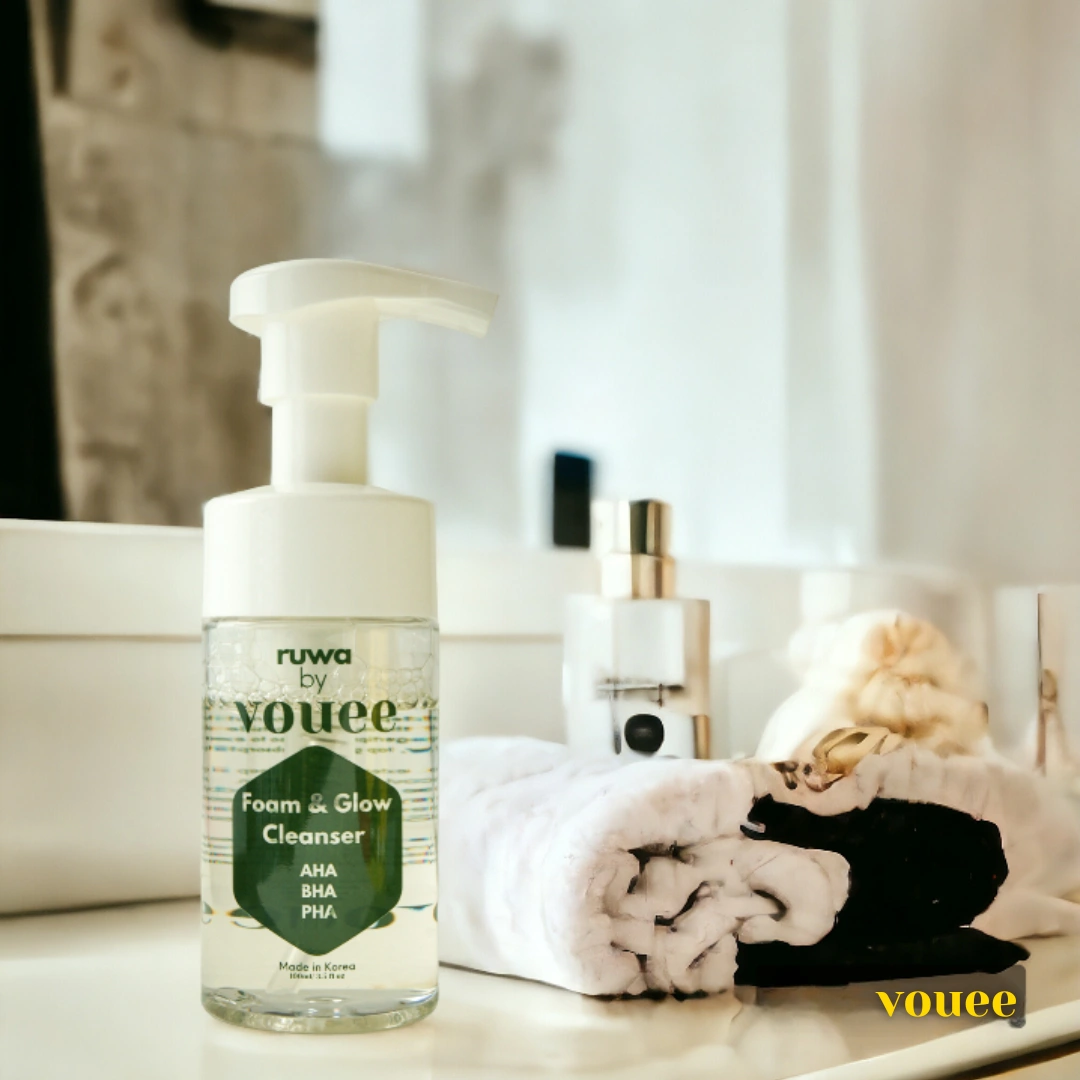FAQs Can Melanin-Rich Skin Tolerate a Chemical Peel?
- Do chemical peels suit darker skin tones? Absolutely, with the right peel selection and an experienced practitioner, chemical peels can offer significant benefits to melanin-rich skin.
- What about risks? While beneficial, it’s crucial to acknowledge potential risks such as uneven skin tone post-peel, which proper aftercare and professional guidance can mitigate.
Have you ever seen someone disappear for a few weeks and show up with super smooth, glowing skin and wondered, “What’s their secret?”
Well, guess what? Sometimes, that secret is a chemical peel! But hold up, what even is a chemical peel and can those of us with melanin-rich skin participate in their transformative power?
What Are Chemical Peels?
Imagine your skin is like a book. Over time, the top pages (or layers of your skin) can accumulate wear over time due to environmental factors (sun) and aging. Chemical peels turn the page, revealing a fresher, smoother layer beneath. These treatments involve applying a safe, specially formulated solution to exfoliate old skin, making way for new, radiant skin.
Chemical Peels & Melanin-Rich Skin
Those with darker skin tones may consider chemical peels to address specific concerns such as hyperpigmentation, acne scars, and uneven skin tones. Peels can significantly improve the skin’s appearance, making it smoother and more uniform. Peels largely fall into these categories:
- Light Peels: Ideal for a gentle refresh, these peels address surface-level concerns and add a brightening boost.
- Medium Peels: These tackle deeper issues like significant hyperpigmentation and are great for achieving a more pronounced transformation.
- Deep Peels: Offering dramatic results, deep peels require downtime but can revolutionize your skin’s texture and appearance.
What’s in a Peel anyway?
Chemical peels are transformative skincare treatments that leverage the power of various active ingredients to exfoliate the upper layers of the skin, revealing a smoother, more radiant complexion underneath.
These ingredients are carefully selected based on their ability to promote skin cell turnover, reduce signs of aging, and improve skin texture and tone. Below, we delve into the main ingredients commonly used in chemical peels and their unique benefits.
1. Alpha Hydroxy Acids (AHAs):
AHAs are water-soluble acids derived from sugary fruits. They exfoliate the skin’s surface, shedding dead skin cells to reveal the newer, less damaged skin beneath. Glycolic acid, one of the most popular AHAs, penetrates the skin deeply and evenly due to its small molecule size, making it highly effective in treating fine lines, acne, blackheads, dullness, and oiliness.
Lactic acid, another AHA, is known for its gentle exfoliating properties and is suitable for sensitive skin types. It also helps improve skin texture and reduce pigmentation.
2. Beta Hydroxy Acids (BHAs):
BHAs are oil-soluble, allowing them to penetrate deeper into the pores to remove dead skin cells and excess sebum. Salicylic acid is the most common BHA used in chemical peels, known for its ability to combat acne and blackheads by deeply cleansing the pores.
It’s particularly beneficial for oily and acne-prone skin types, as it reduces inflammation and unclogs pores, preventing future breakouts.
3. Trichloroacetic Acid (TCA):
TCA peels are medium-depth peels that can penetrate the skin more deeply than AHAs and BHAs. They are effective in treating more pronounced skin concerns, such as deeper wrinkles, scars, and uneven skin tone.
TCA peels stimulate collagen production, leading to firmer, more youthful skin. However, they require a longer recovery time and carry a higher risk of side effects, especially for darker skin tones, making a thorough consultation with a skincare professional essential.
4. Phenol:
Phenol is used in deep chemical peels and is the strongest chemical peel agent available. It can dramatically improve the skin’s appearance, targeting deep wrinkles, sun damage, and uneven skin tone.
Phenol peels have a significant rejuvenating effect on the skin but also come with the longest recovery time and potential side effects, including changes in skin pigmentation and texture. Due to its intensity, phenol peels are less commonly performed and are typically reserved for individuals with severe skin issues.
Each of these ingredients plays a crucial role in the effectiveness of chemical peels, with the choice of ingredient depending on the individual’s skin type, concerns, and desired outcomes.
Understanding these key components can help individuals make informed decisions when considering chemical peel treatments, ensuring they select the most appropriate peel for their skin’s needs.
Not quite ready for a peel but want to experience AHAs and BHAs? Try our bestselling exfoliating face cleanser with both – Foam and Glow!
Foam & Glow Cleanser
Enjoy beautifully refreshed, deeply cleansed and irresistibly smooth skin every day. Infused with Lactic Acid, Salicylic Acid, and Gluconolactone, this non-drying, foaming face wash deeply cleanses pores,…
The Peel Process: What to Expect
The process is straightforward: after a skin evaluation, the peel solution is applied, which may cause mild tingling. Post-peel, it’s crucial to follow a tailored aftercare plan, especially for melanin-rich skin, to ensure optimal healing and to mitigate potential risks like post-inflammatory hyperpigmentation.
Post-Peel Care: Special Considerations for Darker Skin Tones
Post-treatment care is paramount, emphasizing gentle skincare, hydration, and, importantly, sun protection to safeguard the new, sensitive skin from UV damage and prevent dark spots.
Is a Chemical Peel Right for You?
Consultation with a skincare professional experienced in treating melanin-rich skin is essential. They can recommend the appropriate peel type and concentration, ensuring a safe, effective treatment aligned with your skin goals.
For those with melanin-rich skin, chemical peels offer a pathway to addressing common concerns and unveiling radiant, even-toned skin. With professional advice and proper care, the journey to glowing skin can be both safe and rewarding.
Chemical peels, when correctly chosen and applied, can be a powerful chapter in revealing your skin’s natural vibrance and health.
For more riveting chit chat on melanin-rich skin, and maybe some freebies, join our mailing list.








Recent Comments